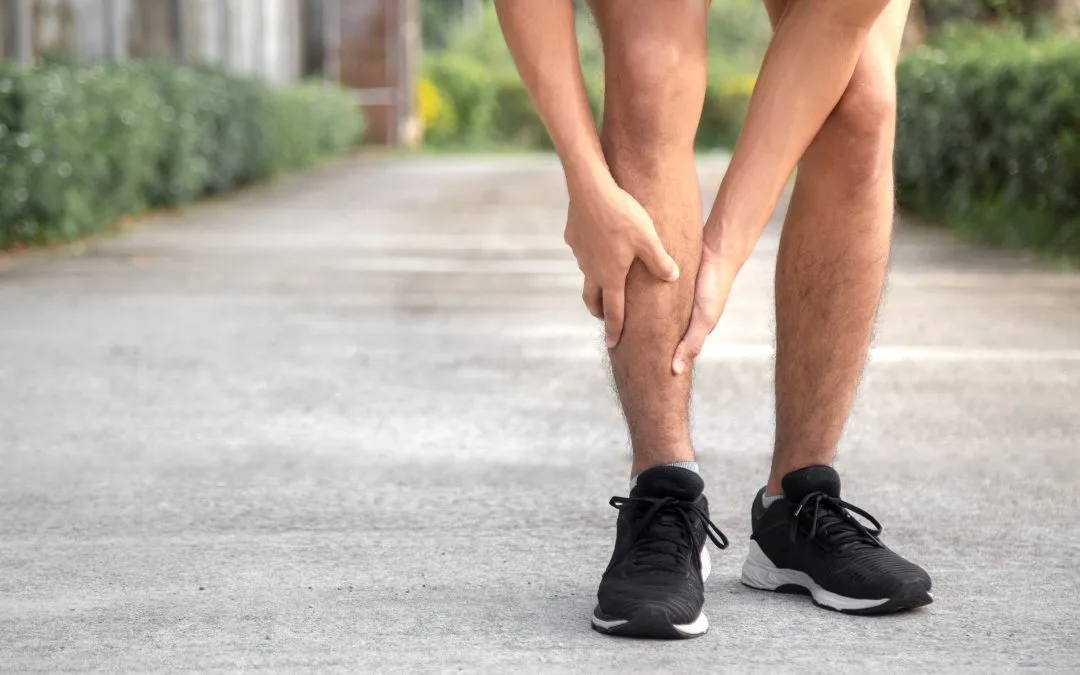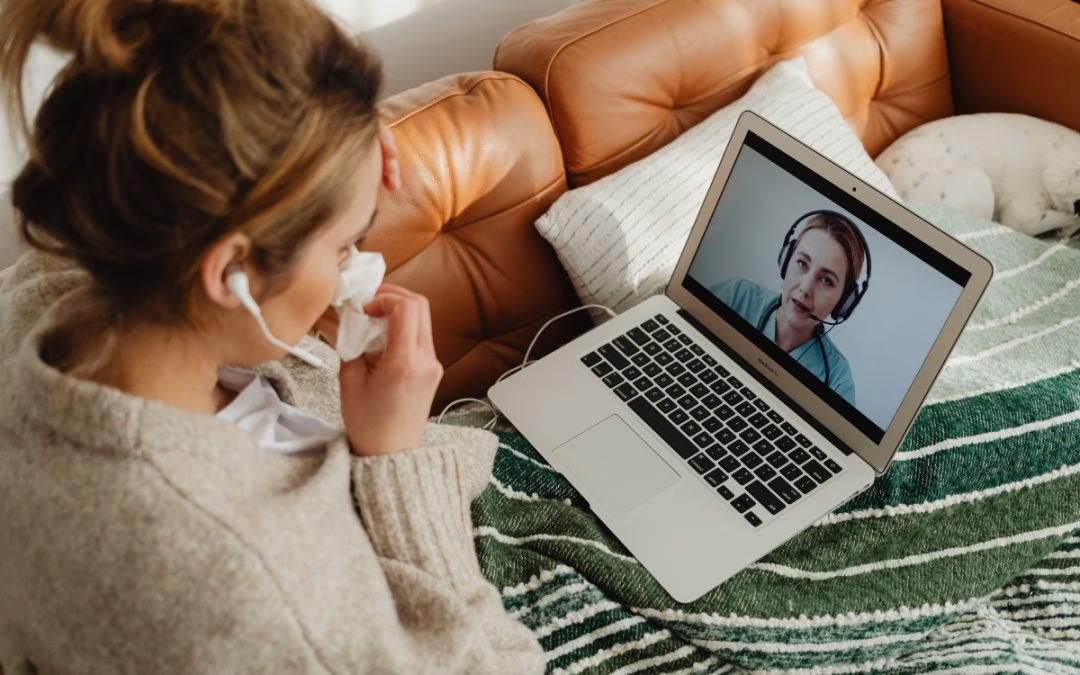
Should My Shins Hurt after Exercising?
You laid down your racquet when we were all stuck at home, and you just found it—gathering dust in the corner of your closet. The cold, wet winter months have led to a burst of spring energy, and you are eager to become less of a couch potato and resume a more active lifestyle. You can’t wait to get back into the warm sunshine and the courts. It is easy to overdo it after a period of downtime, so be sure to ease into it. Increasing your activity, either in distance, intensity, or repetition before your body is ready places you at risk of developing shin splints.
What Are Shin Splints?
The term “shin splints” describes various pains that occur on and around the shin, which is the front part of the leg bone below the knee, technically called the tibia. There are two primary types of shin splints: medial tibial stress syndrome (MTSS) and anterior tibial stress syndrome (ATSS). MTSS involves pain along the lower two-thirds of the inside of the shin, while ATSS causes pain along the front outside of the shinbone. When people say they have shin splints, they are usually referring to MTSS.
Shin splints often begin as a throbbing pain accompanied by tightness, tenderness, soreness, and mild swelling on the inner edge of the shin. At first, you might only have pain at the start of physical activity which then goes away as you warm up. At this stage, your body is telling you that an injury has occurred, making it the best time to get to the root of the issue.
What Causes Shin Splints?
Shin splints typically develop when the muscles, tendons, and bone tissue of the lower leg have been overworked and haven’t had enough time to recover and heal from stress. Factors contributing to this condition include:
- Suddenly beginning a different activity or changing an activity’s intensity, duration, or repetition.
- Wearing ill-fitting or worn-out shoes
- Activities with frequent starts and stops, like basketball or dancing.
- Not properly preparing your body for physical activity including stretching.
- Weakness in the leg, foot, ankle, hip, or core muscles leading to increased strain on the rest of the body.
- Flat feet or poor leg/foot/ankle alignment
- Low bone density, common among women
- People with flat feet, those who do not wear proper shoes, and have weak ankles, hips, or core muscles are more prone to developing shin splints.
Shin Splints Symptoms and Care:
Recognizing the symptoms of shin splints is crucial for early intervention. Watch for:
- Swelling and tenderness in the lower leg.
- Pain when pressing on the shins.
- Aching pain along the lower front of the shin.
- Pain that worsens during and after exercise but improves with rest.
- Increased pain in the morning.
Caring for shin splints involves simple steps that can aid in recovery:
- Rest: Allow your legs to rest and avoid activities that cause pain.
- Ice: Apply ice packs to the affected area for at least 20 minutes three times a day to reduce inflammation.
- Pain Relief: Over-the-counter anti-inflammatory medications can help alleviate pain.
- Switch Activities: Choose non-weight-bearing activities like swimming or biking while you heal.
You can test your body’s readiness to resume exercise. If you can walk pain-free, have no pain when going up or down from a tip-toe position, and can do 15-20 single-leg hops with no pain, you should be able to slowly resume your regular activities after making sure you have proper footwear. If you are a runner, begin with a very gradual return to running by walking. You can walk for 5 minutes followed by a 1-minute run. Over several weeks of modifying your routine, you should be able to gradually increase the intensity or distance of your workout.
It is important to know that without proper attention a stress reaction, such as shin splints, can progress to a stress fracture and it can be difficult to tell them apart. A stress reaction occurs when a muscle and its surrounding tissue are repeatedly stressed beyond their capacity, often through repetitive use. When your body cannot heal, a partial or complete fracture due to weakening of the bone and connective tissue with an acute injury as the result. This type of fracture is more common in the legs and lower feet than in the upper body.
You might have a stress fracture if you can press your fingertips along your shin and identify a definite spot of sharp pain. Stress fractures often feel better in the morning because the bone has been able to rest all night. Shin splints, however, are often more painful in the morning because the soft tissue tightens overnight.
How Can I Avoid Shin Splints?
An ounce of prevention is worth a pound of cure, as the saying goes, and most people would much rather avoid the pain of shin splints altogether. So, what are things you can do to reduce the risk of developing shin splints?
Footcare
Wear appropriate well-fitting shoes with adequate shock absorption avoiding sudden changes in shoe type. Seek advice about orthotics to facilitate proper foot and ankle alignment
Exercise
Incorporate exercises that strengthen leg, foot, ankle, hip, and core muscles. Switch between high and low-impact activities while allowing time for exercise recovery. Exercise according to your fitness level while slowly increasing the intensity, duration, or pace of your workouts. Warm up before physical activity, and cool down afterward.
Terrain
Choose soft, level ground for running or high-impact activities. The most beneficial thing you can do is to pay attention to any signs of discomfort and adjust your activities accordingly.
By understanding the causes, symptoms, and preventive measures above, you can remain pain-free as you continue enjoying your favorite activities. Remember, if you experience persistent or severe shin pain, it’s essential to consult a healthcare professional for proper diagnosis and treatment.


